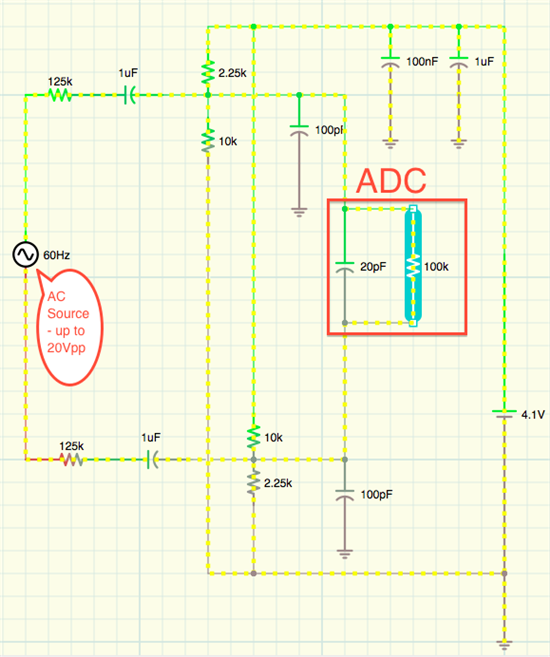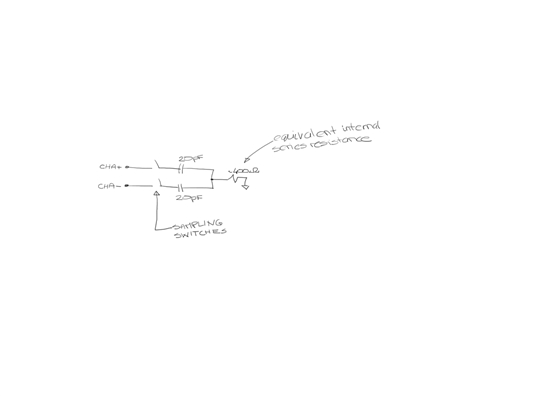Good morning,
I wonder if someone can help me with this National Semi legacy ADC. The documentation is a bit too sparse for me, I apologize in advance! I am trying to use this ADC with an Arduino/Atmel microprocessor to sample voltage and current data concurrently, i.e. minimize phase lag between the two signals. I am using the two inputs in unipolar mode, as the current sensor has a 2.5V +/-2.0V output and the voltage transformer signal has been conditioned to be positive only also.
1) What SPI mode should my micro-controller be using with this device? Reading the documentation suggests Mode0.
2) The documentation re: the clock speeds on this chip is inconsistent. The eval board suggests a minimum clock speed of 6.4MHz for the on-board oscillator, the actual data sheet for the chip lists a maximum clock speed of 6.4MHz. I presume that there is no clock divisor on the board (that I could see), so what speeds should I be using? I am currently using the default 4MHz, though the Atmel can also go to 8MHz.
Thanks in advance, Constantin



